It was Friday, November 22, 1963. President John F. Kennedy had started to campaign for his reelection in 1964 and scheduled a trip to Fort Worth and Dallas, Texas. There he planned to have breakfast and a luncheon with local businessmen to help fundraise for the Democratic party.1 Everyone in Fort Worth and Dallas Texas had a big day ahead of them because the President of the United States was coming to town. There was excitement and eagerness in the air. Everyone had been flooding the streets waiting for Kennedy and his wife Jacqueline to make an appearance. What happened later on this eventful day in Texas will never be forgotten by the American people.
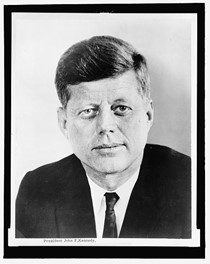
At 7:15 a.m., ex-marine Lee Harvey Oswald was getting ready for his workday at the Texas School Book Depository. He walked to his co-worker’s house. Buell Frazier lived one block away from Oswald and would regularly carpool with him to work. Frazier noticed Oswald carrying an interesting package that was very long, so curiosity made Frazier ask what he was carrying. Oswald quickly responded, “curtain rods.” Once they arrived at the Texas Depository, Oswald quickly got out of the car and rushed inside the building. Many employees noticed that Oswald seemed “off,” and that he did not follow his normal routine at work, as he usually would go into the domino room and read the morning paper. However, he did not do that this day.2
Meanwhile, at 8:50 a.m., President Kennedy came out of the Texas Hotel in Fort Worth and was greeted by an eager crowd. Many had been waiting for hours in the rain for a chance to shake his hand, or simply to get a glimpse of the President. Kennedy then made a speech after being introduced by Vice President Lyndon Johnson, and he expressed his gratitude for all the lovely welcomes that Texas had given him so far. At 9:10 a.m., Kennedy arrived at the breakfast that was being held at the Chamber of Commerce in Fort Worth, where he would address local businessmen. Shortly after, Mrs. Kennedy arrived and attended the breakfast. Mrs. Kennedy had an important role that day because President Kennedy knew she was a crucial factor in winning over Texas and winning over their vote for the upcoming election. The trip to Texas was Mrs. Kennedy’s first political trip with the President, which made it a very special and important day for her as well. After breakfast, the Kennedys and their team loaded up onto Air Force One and took a thirteen-minute flight to Dallas.3
Around 9:30 a.m., Oswald was seen staring outside the window on the first floor of the Texas School Book Depository towards Dealey Plaza. Oswald asked his co-worker James Jarman why there was a big crowd gathering outside. Jarman informed him that President Kennedy was going to drive right by the building with his motorcade.4 Although many Dallas residents were excited about Kennedy’s arrival, there were individuals who weren’t as thrilled to have Kennedy in Dallas. Days before Kennedy’s arrival, there had been ads posted around the city, stating “Kennedy wanted for treason.” Kennedy’s friends and associates warned him not to go; however, he made it his mission to visit the people of Texas and make things right again. Due to the threats, Dallas police had been circling and monitoring Love Field, where Kennedy was expected to land since early in the morning. At 11:35 a.m., Air Force One landed at Love Field and the Kennedys were greeted by Texas Governor John Bowden Connolly and Vice President Lyndon B. Johnson. Prior to the trip, President Kennedy had strict orders to reduce his heavy security and limit the number of his secret service agents, especially during the motorcade and when it was time to greet the crowds.5
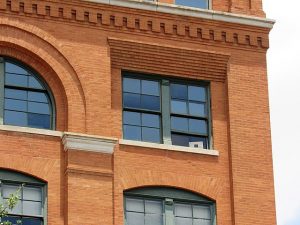
On the south side of the Texas School Book Depository, there were seven large double windows that faced directly towards Elm Street and Dealey Plaza. This is the route that the Kennedy motorcade would take through the city to their destination, which was the Trade Mart. At 11:40 a.m., Texas Depository worker Bonnie Ray Williams found Oswald looking straight at Dealey Plaza again. A few minutes later, it was lunchtime for the depository workers. Charles Givens, Oswald’s co-worker, was on the sixth floor with him and saw him standing at a window. He asked him if he was coming to lunch, to which Oswald responded, “No, sir.”6 At 11:55 a.m., the Motorcade officially started and made the thirty-minute drive to the Trade Mart. The Presidential limousine was carrying Texas Governor Connolly, Mrs. Connolly, Mrs. Kennedy, and President Kennedy. Directly behind the presidential limousine was another limousine full of secret service agents. One of those agents was Clint Hill, Mrs. Kennedy’s trusted agent. Per Kennedys’ orders, the tops of the limousines were down and there were no hovering agents on the presidential limousine.7 The rest of the motorcade consisted of Vice President Johnson and his wife’s limousine, four motorcycle police escorts, a VIP bus, a press bus, and cars carrying local dignitaries and reporters. The motorcade route had been advertised to the people of Dallas, so they could greet the President throughout his drive with the Governor. As the motorcade got further into the city, the crowds started getting bigger, and they spilled out from the sidewalks and onto the street, creating concern for secret service agent Hill.8
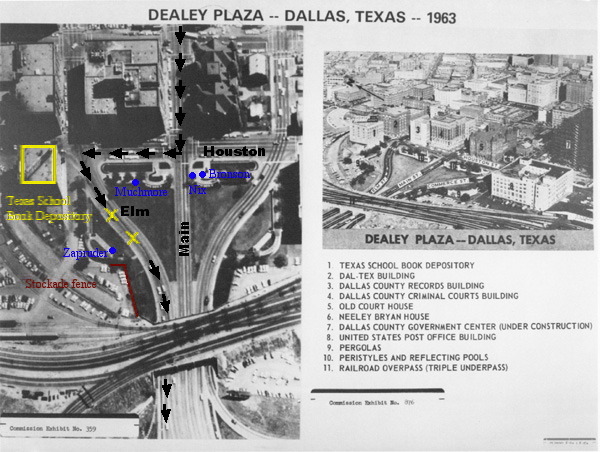
At 12:29 p.m., the presidential limousine turned onto Elm Street, where the Texas Depository stands. There was a big crowd at Dealey Plaza. The Texas Depository workers were also waiting to see the president during their lunch break. The limousine turned onto Elm Street, and Nellie Connolly, Governor Connolly’s wife, turned around to face President Kennedy, and said “You certainly can’t say that Dallas doesn’t love you, Mr. President.” At 12:30 p.m. a loud “bang” was heard by the crowd and everyone grew confused; everyone thought the sound might have been a firecracker or a backfire from a motorcycle. A second “bang” was heard. You saw President Kennedy reach for his throat and covered it with both his hands and Governor Connally jerked back and fell into his wife’s lap. The crowd and those in the motorcade quickly realized it was in fact gunfire making these “bang” noises. Clint Hill, Mrs. Kennedy’s secret service agent, jumped out of his assigned limousine onto President Kennedy’s car and tried to reach for him. The third “bang” was heard, and President Kennedy was shot in his right temple and fell onto Mrs. Kennedy. Oswald had shot President Kennedy from the sixth floor of the Texas Depository. Mrs. Kennedy was in shock. She held her injured husband while the motorcade sped off under the underpass and made its way to the closest hospital, Parkland Memorial Hospital. The crowd was stunned and was overcome by pure chaos. Many were still confused about what had happened, and some realized the potential danger they were facing. After the third “bang,” the people at Dealey Plaza started taking cover. They had gotten a front-row seat to the tragic assassination of President John F. Kennedy. Those nearby were worried that the gunfire was not over and that they might possibly be the shooter’s next target. The presidential limousine sped to Parkland Hospital where Kennedy’s team was told they would be waiting for their arrival with gurneys and nurses. Once they arrived, there was no one there waiting for them. Agent Hill took control and rushed President Kennedy and Governor Connolly into the emergency room. Meanwhile, at 12:40 p.m., the businessmen were still waiting for Kennedy to arrive at the Trade Mart. They were growing confused. The president should have arrived already. Reporters who were in the motorcade rushed on to the Trade Mart and informed the businessmen of the sad news that President Kennedy had been shot. Kennedy and Connolly’s condition was still unknown.9
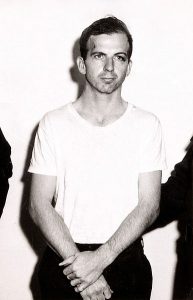
Once Oswald had fired his final shot, he hurried across the sixth floor to the staircase. At the stairs, Oswald dropped the rifle into an opening between several boxes and hid the weapon. He quickly went down the stairs until he stopped off at the second floor and entered the employee lunchroom. There he found the building manager, Roy Truly, and both were confronted by a policeman. They were questioned whether they both worked there, and both responded yes, and the police officer hurried off to the sixth floor. Then, Oswald confidently grabbed a coke from the vending machine and proceeded to walk out the front door of the Texas Depository. Surprisingly, there were only guards at the rear end of the building and back doors. Oswald got away from the scene with ease and continued to make his way home. Fifteen minutes after the shooting, at 12:45 p.m., the Dallas police dispatcher broadcasted the first description of Kennedy’s shooter: “Attention all squads, attention all squads. At Elm and Houston, reported to be an unknown white male, approximately 30, slender build, height 5 feet, 10 inches, 165 pounds–reported to be armed with what is believed to be a 30caliber rifle.” Oswald knew waiting for the bus was too risky, so he walked east on Elm Street to the nearest bus stop. He boarded onto the bus and rode it out for a few blocks, but the bus came to a sudden stop. The bus driver announced to the passengers: “The president has been shot!” Oswald quickly got up and exited the bus.10
Back at the hospital, Kennedy was being rushed into trauma room one, with Mrs. Kennedy by his side. The room quickly flooded with nurses and doctors. At 12:55 p.m., doctors began to work on Kennedy, and they realized just how bad his condition really was. The nurse checked for a pulse, and President Kennedy had no pulse. President John F. Kennedy was pronounced dead at 1:00 p.m. on Friday, November 22, 1963. Soon after, Father Huber came into the room and gave the president’s final rites. Then, Mrs. Kennedy had her final moments with her husband, in which she then exchanged their wedding rings and gave him a kiss goodbye. Lady Bird Johnson comforted Mrs. Kennedy and stayed with her through this rough time. Vice President Johnson was urged to take both ladies back to Air Force One as quickly as possible; however, Vice President Johnson would not leave without Mrs. Kennedy and Mrs. Kennedy refused to leave without her husband’s body. Meanwhile, Agent Hill was on the search for a special casket to transport President Kennedy to Air Force One. Soon, the casket arrived at the Hospital and president Kennedy was carefully placed in the back of the hearse. Mrs. Kennedy requested to ride in the back of the hearse with the president, and agent Hill joined her in doing so. Once arriving at Love Field, Kennedy’s team loaded the casket onto Air Force One and Mrs. Kennedy joined the Johnsons.11
At about 1:15 p.m., Oswald continued walking quickly along East 10th Street, where he was spotted by police officer J. D. Tippit. Tippit got out of the car and started to approach Oswald, although Tippit was apparently not aware that he had found the suspect they were all looking for. He did not draw his weapon on Oswald. As a fearful reaction, Oswald withdrew his revolver hidden in his waistband and began shooting. Oswald killed Officer Tippit. Many bystanders witnessed the killing and saw Oswald flee the scene. Police sirens were not far behind when Oswald stepped into the Texas Theatre. Texas Theatre employee Julia Postal noticed “a panicked look” on Oswald’s face when he hurried in, and quickly she telephoned the police and said she thought the man they were looking for was inside the theatre. At 1:46 p.m., police dispatch announced, “Have information a suspect just went in the Texas Theater.” Within minutes, more than six squad cars blocked off the entrance of the theatre and all the exits. Armed policemen ran into the balcony and the main floor of the theatre as the lights were turned on. Police officer M. N. McDonald saw Oswald and ordered him to stand up slowly. Oswald rose out of his seat, raised both of his hands, and said, “Well, it is all over now.” At 2:50 p.m., Oswald was arrested and taken into custody for murdering Officer Tippit. Later that day it was discovered that Oswald was also responsible for murdering the president.12
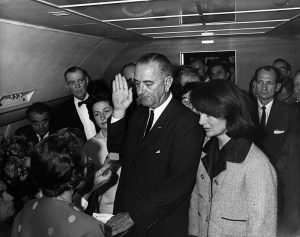
At 2:30 p.m., just 20 minutes before the police arrested Oswald, Vice President Lyndon B. Johnson was sworn in as the thirty-sixth president of the United States. President Johnson, Lady Bird Johnson, Mrs. Kennedy, and Kennedy’s team departed from Love Field in Dallas and headed for Washington, D.C. along with the casket holding John F. Kennedy. Minutes after Air Force One landed at Andrews Air Force Base, Johnson appeared on television and made his first speech as president of the United States.13
- Bennett H. Wall and Richard Adler, “President Kennedy Is Assassinated,” in Salem Press Encyclopedia (Salem Press, 2021), 3. ↵
- Gerald Posner, “The Sniper’s Nest (Cover Story),” U.S. News & World Report 115, no. 9 (August 30, 1993): 74. ↵
- Leslie Woodhead, The Day Kennedy Died (Smithsonian Channel, 2013). ↵
- Gerald Posner, “The Sniper’s Nest. (Cover Story),” U.S. News & World Report 115, no. 9 (August 30, 1993): 74. ↵
- Leslie Woodhead, The Day Kennedy Died (Smithsonian Channel, 2013). ↵
- Gerald Posner, “The Sniper’s Nest. (Cover Story),” U.S. News & World Report 115, no. 9 (August 30, 1993): 75. ↵
- Leslie Woodhead, The Day Kennedy Died (Smithsonian Channel, 2013). ↵
- Gerald Posner, “The Sniper’s Nest. (Cover Story),” U.S. News & World Report 115, no. 9 (August 30, 1993): 76. ↵
- Leslie Woodhead, The Day Kennedy Died (Smithsonian Channel, 2013). ↵
- Gerald Posner, “The Sniper’s Nest. (Cover Story),” U.S. News & World Report 115, no. 9 (August 30, 1993): 77. ↵
- Leslie Woodhead, The Day Kennedy Died (Smithsonian Channel, 2013). ↵
- Gerald Posner, “The Sniper’s Nest. (Cover Story),” U.S. News & World Report 115, no. 9 (August 30, 1993): 78. ↵
- Bennett H. Wall and Richard Adler, “President Kennedy Is Assassinated,” in Salem Press Encyclopedia (Salem Press, 2021), 3. ↵
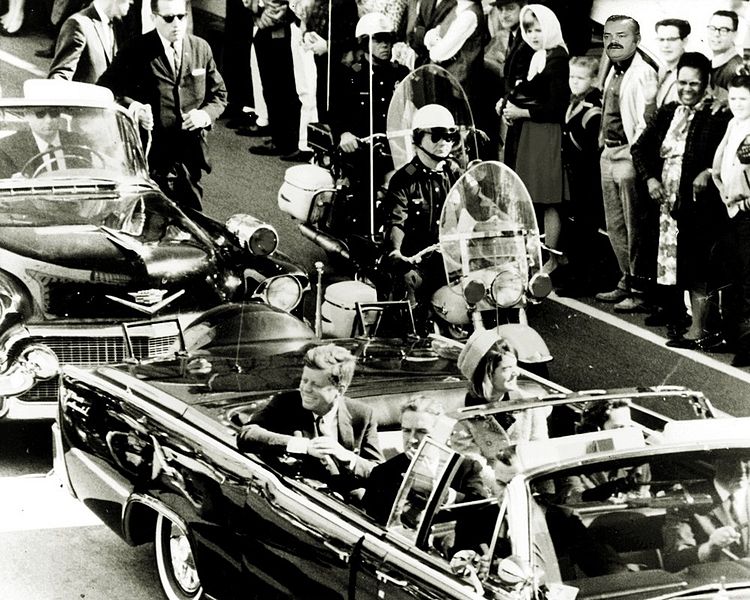
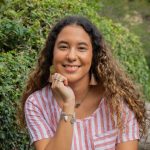
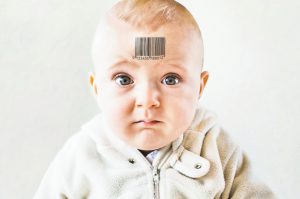
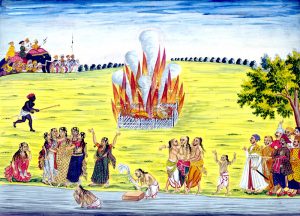
25 comments
Kristen Leary
Interesting article! I thought it was very interesting how you used time stamps throughout the day to show what Oswald and the motorcade were doing throughout the day. I liked the pace of the article and liked how you mentioned the importance of the people travelling with Kennedy, so we can get a glimpse into how the day may have affected them.
Morgan Cassias
Great article, very well written! I loved how you chose to write about this topic. A story about an American tragedy. I don’t know about other schools but when I was in high school we never toughed based on what happened. Of course, we knew about what happened but never in detail. What a story…so unfortunate. Great article once again!
Robert Miller
This article is a great read! I very much enjoyed the details that you provided in this piece. I ended up reading it two times just to make sure I didn’t miss anything. I wasn’t alive when this event happened, but I have seen videos and read other content on what took place. None of it has had the attention to detail that you included though. Thanks!
Christian Guerrero
Hello,
Congratulations on your nomination! I heard the story of this tragic event but I never read more into what actually happened and I was astonished. To begin with, Texas is not a reputable place for politicians as many attacks are done in Texas along with the death of Kennedy but also the story of Oswald. I sort of knew the car that was driven by the friend of Oswald as I saw the car in a museum but I never knew that Oswald disguised the rifle as a curtain rod.
Mauricio Rebaza Figueroa
Hello Maria, this is a very good article. As an international student, I was not taught that much about Kennedy’s assassination on school, but it was such a huge event I still knew some things about it. I think works like yours are really important because it helped me learn more about the American history and one of the most tragic events that ever happened here. Very good images and sources, good job.
Hoa Vo
Hello Maria, it is a really great article about assassination cases. Living as a famous person and a president, President Kennedy sure received a lot of threats and had to get used to this dangerous life for his entire life. Unfortunately, the unwelcome day had come that he was murdered. The assassination of President John F. Kennedy was still controversial now.
Grace Malacara
Despite the fact that I am aware of this occurrence, your post provided me with further perspective. It was very well written and educational. It was fantastic that you included a video on the subject; it added a new level to your essay, as did the photographs you included. Congratulations on your nomination and good luck!
Jesslyn Schumann
Hi Maria! First off, congratulations on your nomination! This was a wonderful article to read. Most Americans know this event in history, but not much that surrounds what happened. To be able to read about the all the little details that led up to his assassination was so fascinating. Thank you for such a detailed article on such a historic event! Good luck with the awards!
Elizabeth Hernandez
I love how quick-paced this article is! Written like a story in a book, but they were real events. I didn’t know that JFK had been receiving threats from Texans and that signs like the ones mentioned in the article had been made. Congratulations on your well-earned nomination!
Chris Ricondo
Congratulations on your nomination as well as your well-written article. I liked how your piece straddled the events surrounding President Kennedy and Lee Harvey Oswald. I really like how thorough you were in your depiction of the day, particularly in your description of the presidential motorcade; it helped me visualize the scene as I read.